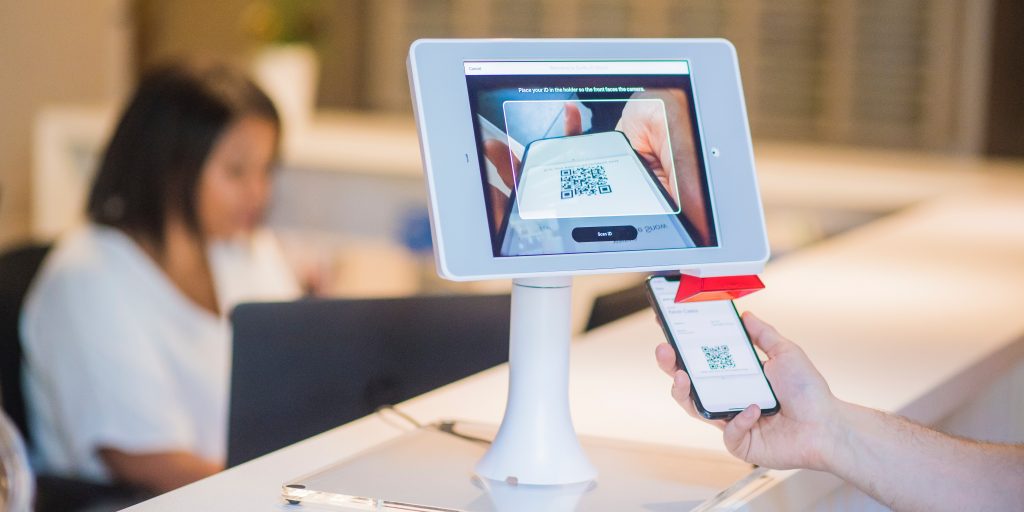Centering the citizen experience through digital transformations in government
Technology as it intersects with the citizen experience at its best goes unnoticed, and at its worst betrays a failing on the part of the government to effectively anticipate the needs of its people. In every city there are thousands of nodes through which a citizen population interacts with their government, and some of those interactions can be stressful. Reputationally many governmental institutions are associated with long wait times, confusion while navigating services, and even stress. According to a 2020 Pew Research Center poll, a mere 20 percent of Americans report trusting the government to “do the right thing.” While much of this negativity is likely associated with law and policy enactment, trust in the government can be eroded and subsequently rebuilt within the citizen experience when attempting to access government services.
From semi-annual trips to the DMV to passport renewal and beyond, the American population requires straightforward access to myriad services every year. Currently, few operate in a manner that incorporates the technological advances that are now a fact of life. Many institutions deal with staff shortages or staffing issues in general, making efficient service difficult to achieve. More troubling even than the previous examples is a lack of forethought towards public health that became apparent during the pandemic. Considering just how ubiquitous certain technologies now are, it’s imperative that more government services adopt an approach in-line with the needs of today’s citizens. After all, the more seamless, efficient and thoughtful those interactions become, the better. With the right changes, institutions could benefit from increased employee morale, visibility into citizen feedback, and increase their overall efficiency.
Some government institutions across America have adopted new practices to the benefit of their populous. Automated queueing software has eased the frustration of long waiting times and helped us to better prepare on-site staff as to what type of services they will be providing on any given day. More robust web services also help to accommodate online capacity surges. Digital options for what were previously analogue-only form submissions have also helped to lessen the accessibility gap. Despite the clear advantages to weaving technological solutions into government services, too few institutions have adopted far-reaching solutions. For interested parties, the journey towards technological solutioning will require investments of both time and money, but the steps are clear.
As with any investment, it’s essential to begin with an audit or another form of self-evaluation to determine the major problem areas in need of addressing. Speaking to staff and soliciting citizen feedback would go a long way in pinpointing what stakeholders closest to the day-to-day operations need most. Narrowing the scope of any undertaking down into manageable goals, like reducing wait times, implanting a clearer check-in process and increasing overall citizen satisfaction, will also ensure that measuring success along the way is achievable. With problems identified, the next step would be to begin researching a solution or technological partner that can meet the institutional needs. Utilizing forum sites like G2 Crowd or Capterra can aid in identifying such a solution. After sufficient research is conducted and the ideal partner is selected, implementation is as simple as remaining patient as clientele adjust to the new processes. Launching a campaign focused on process changes and new features would also help to expediate that learning process.
Technology like queuing software, screening technology that informs an institution about the citizen profile of incoming clientele, as well as appointment scheduling applications already abound in the private sector and allow for highly personalized and pleasant service. Those benefits would have a profound effect on the fragile relationship between citizens and government. As governments strive to repair that trust, centering citizen experience through technological adoption is a smart way forward.
Charlie Meyer is the senior vice president of sales and leads the North American sales team at Qless. With more than 20 years of sales and leadership guidance in enterprise and SaaS software, Meyer brings a wealth of experience to the growing company and market.




















